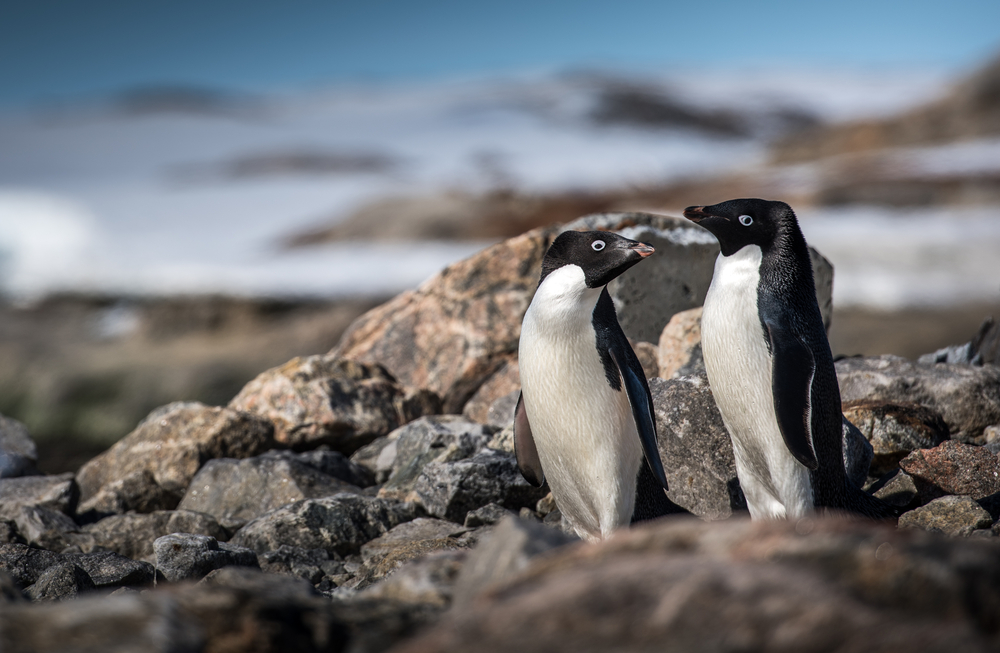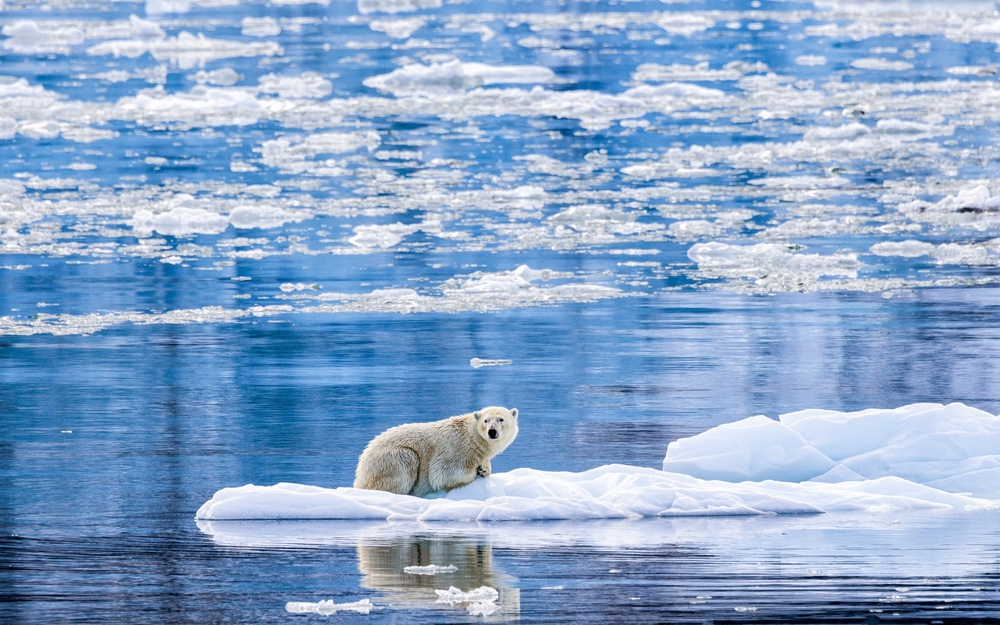The effects of climate change are reshaping ecosystems, affecting habitats and altering the behavior of wildlife around the globe. As temperatures rise, sea levels climb, and weather patterns become more erratic, animals are being forced to adapt in ways that disrupt the delicate balance of the natural world. These changes are not just impacting individual species but transforming entire ecosystems, leading to shifts in migration patterns, breeding seasons, and food availability. From polar bears in the Arctic to coral reefs in tropical seas, the ripple effects of climate change are profoundly altering wildlife patterns in ways we are only beginning to understand.

One of the most visible impacts of climate change is the shift in animal migration patterns. Migratory species such as birds, whales, and butterflies are adjusting their traditional routes and altering the timing of their migrations in response to warmer temperatures and changing food availability. For example, in North America, some bird species are migrating earlier in the spring and staying longer in the fall, which can disrupt breeding cycles and lead to food scarcity when they arrive at their destinations. Similarly, the monarch butterfly’s migration to Mexico, one of nature’s most breathtaking spectacles, is being disrupted as changing temperatures and declining milkweed plants along their route threaten their survival. As migratory animals adjust, ecosystems that depend on their presence for pollination, seed dispersal, and pest control are affected, creating a cascading impact on biodiversity.
In the Arctic, climate change is dramatically altering the habitat of polar bears, walruses, and other ice-dependent species. As the polar ice melts at unprecedented rates, these animals are losing the stable, icy platforms they rely on for hunting and breeding. Polar bears, for instance, depend on sea ice to hunt seals, their primary food source. With ice receding, bears are forced to swim longer distances and expend more energy in search of food, leading to declining body weights and increased mortality. This shift is impacting not only polar bears but also the entire Arctic food web, as seals and fish populations adjust to changing ice patterns. These species, adapted to extreme environments, are especially vulnerable, highlighting the far-reaching consequences of shrinking polar ice caps.
Marine life is equally affected by climate change, with rising sea temperatures and ocean acidification altering underwater ecosystems. Coral reefs, often called the “rainforests of the sea” for their biodiversity, are experiencing widespread bleaching events due to warmer waters. Coral bleaching, a process where corals lose the symbiotic algae that provide them with color and nutrients, weakens reefs and makes them susceptible to disease. This loss of coral reefs endangers countless marine species that depend on these structures for food, shelter, and breeding grounds. Additionally, fish populations are migrating to cooler waters, sometimes to areas outside traditional fishing zones, which impacts not only marine biodiversity but also human communities that rely on fishing for their livelihoods.

Climate change is also affecting terrestrial animals in ways that disrupt reproductive cycles and alter behaviors. Many species rely on specific environmental cues, such as temperature and daylight, to time their breeding seasons. With warmer temperatures arriving earlier in the year, some animals are mating and giving birth at times when food resources may not yet be available, leading to challenges in raising offspring. For example, some European birds now lay eggs several weeks earlier than they did decades ago, but if caterpillar populations (a key food source for chicks) do not peak at the same time, the young may struggle to survive. These mismatches between animal behavior and food availability are becoming increasingly common, posing a threat to the survival of various species.
Extreme weather events, including droughts, hurricanes, and wildfires, are another consequence of climate change that directly impacts wildlife. Prolonged droughts can deplete water sources, forcing animals to migrate in search of hydration and food. Wildfires, intensified by drier conditions and higher temperatures, destroy vast stretches of habitat, displacing thousands of animals and leading to long-term ecosystem changes. In Australia, the devastating bushfires of recent years caused significant loss of life for species such as koalas, kangaroos, and countless birds, with some habitats so severely damaged that recovery may take decades. Extreme weather events not only disrupt ecosystems but also increase the risk of extinction for vulnerable species.
In response to these changes, some animals are adapting in surprising ways, though these adaptations are not always enough to ensure their survival. Species that can quickly adjust their range or diet, such as certain types of fish, birds, and insects, may have a better chance of coping with climate change. However, for slower-adapting species or those that rely on highly specific habitats, the pace of change may simply be too rapid. Conservationists are exploring strategies such as habitat restoration, creating wildlife corridors, and even assisted migration to help animals adjust to new climates. While these efforts can mitigate some impacts, they are ultimately limited if global temperatures continue to rise unchecked.
The shifting patterns of wildlife around the world are a stark reminder of the interconnectedness of life on Earth and the widespread consequences of human actions on the planet’s natural systems. As ecosystems transform, entire species face challenges to their survival, threatening biodiversity and the balance of life. By understanding and addressing the impacts of climate change on wildlife, we can work towards solutions that support both ecological health and the resilience of the species that share our world. Climate change is reshaping wildlife patterns with far-reaching consequences, and it is up to us to take meaningful action that ensures a future where both humans and animals can thrive.
